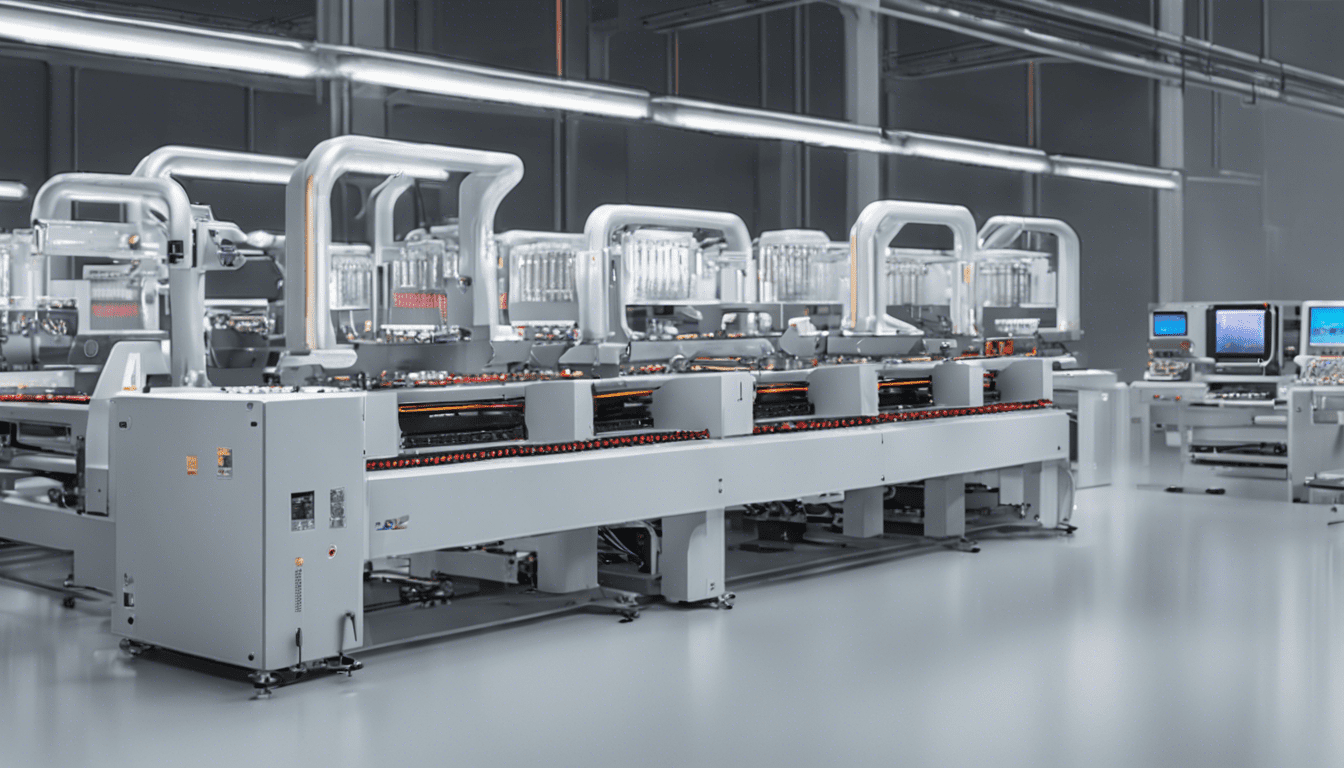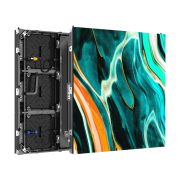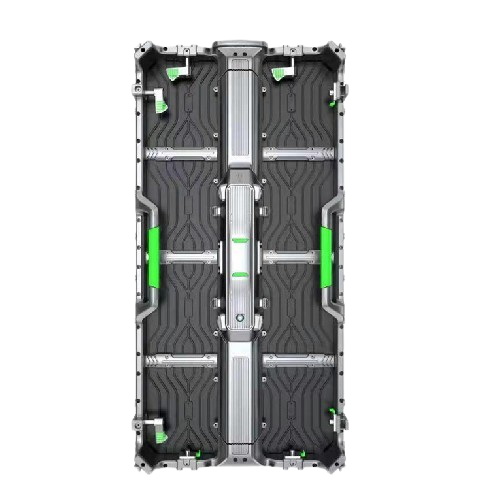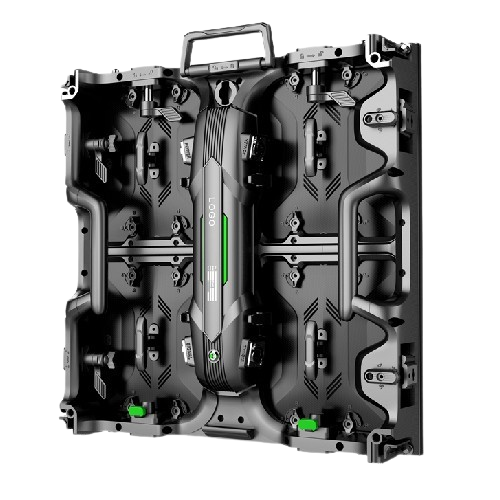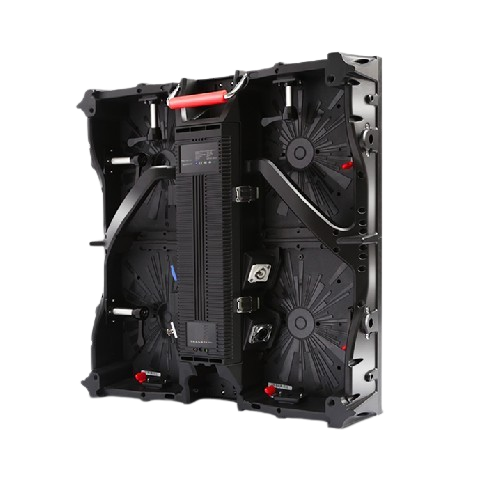Unleashing Innovation: The Intricacies of LED Display Manufacturing Equipment
In the rapidly evolving world of technology, LED display manufacturing equipment plays a pivotal role in shaping modern digital displays. This comprehensive guide will walk you through the various components, processes, and cutting-edge advancements in the field of LED display manufacturing. Whether you are a seasoned industry professional or a curious reader, this detailed overview will answer all your queries.
Introduction to LED Display Manufacturing Equipment
LED displays are ubiquitous in our daily lives, from digital billboards to television screens, smartphones, and more. The equipment used in manufacturing these displays is fundamental to achieving high quality and reliability. In this section, we will explore the basic concepts and importance of LED display manufacturing equipment.
What is LED Display Manufacturing Equipment?
- Definition: LED display manufacturing equipment refers to the machinery and tools employed in the production of LED displays.
- Components: These machines include SMT (Surface Mount Technology) machines, pick-and-place machines, reflow ovens, and more.
- Purpose: They are designed to assemble, test, and ensure the quality of LED displays.
The Importance of LED Display Manufacturing Equipment
- Quality Control: Ensures consistent high quality of LED displays.
- Efficiency: Speeds up the production process, allowing for mass production.
- Cost-Effectiveness: Reduces manufacturing costs through automation and precision.
Key Components of LED Display Manufacturing Equipment
Understanding the different components of LED display manufacturing equipment is crucial to grasping the entire manufacturing process. Here, we delve into the various types of equipment used.
Surface Mount Technology (SMT) Equipment
- Function: SMT equipment places and solders electronic components onto printed circuit boards (PCBs).
- Types:
- Pick-and-Place Machines: Precision machines that place components on the PCB.
- Screen Printers: Apply solder paste to the PCB.
- Reflow Ovens: Heat the PCB to melt solder, creating electrical connections.
Testing and Inspection Equipment
- Automated Optical Inspection (AOI): Utilizes cameras to inspect PCBs for defects.
- In-Circuit Test (ICT) Systems: Test electronic components for functionality.
- X-ray Inspection: Allows for non-destructive inspection of hidden solder joints.
Assembly and Packaging Equipment
- Conveyors: Transport PCBs between various stages of production.
- Wave Soldering Machines: Solder through-hole components onto PCBs.
- Depaneling Machines: Separate individual PCBs from a larger panel.
Advanced Technologies in LED Display Manufacturing Equipment
As technology advances, so does the equipment used in LED display manufacturing. In this section, we will explore some of the latest innovations.
Robotic Automation
- Enhanced Precision: Robotic systems can perform tasks with incredible accuracy.
- Increased Throughput: Automates repetitive tasks, increasing production speed.
- Flexibility: Can be programmed for various tasks, adding versatility to the production line.
Smart Manufacturing with IoT
- Real-Time Monitoring: IoT devices provide real-time data on equipment performance.
- Predictive Maintenance: Analysis of data to predict equipment failures and schedule maintenance.
- Optimization: Use of data to optimize production processes and identify bottlenecks.
AI and Machine Learning in Quality Control
- Defect Detection: AI can identify even the smallest defects in LED displays.
- Data Analysis: Machine learning algorithms analyze production data to improve processes.
- Adaptive Processes: AI systems adjust manufacturing parameters in real-time for optimal output.
The LED Display Manufacturing Process
To understand the role of LED display manufacturing equipment fully, one must explore the entire manufacturing process. This section provides a step-by-step guide.
Step 1: Design and Prototyping
- Creation of a detailed design and prototype of the LED display.
- Use of CAD software for precision design.
- Testing the prototype for functionality and performance.
Step 2: Component Procurement
- Procurement of high-quality components from reliable suppliers.
- Ensuring that components meet industry standards.
- Management of supply chain logistics.
Step 3: PCB Assembly
- Application of solder paste using screen printers.
- Placement of components with pick-and-place machines.
- Reflow soldering to create electrical connections.
Step 4: Testing and Inspection
- AOI to inspect for defects.
- ICT to test for component functionality.
- X-ray inspection for hidden solder joints.
Step 5: Final Assembly and Packaging
- Assembly of the LED display into its housing.
- Packaging for shipment to customers or distribution centers.
- Quality assurance checks to ensure product reliability.
Case Studies and Real-World Examples
Understanding the application of LED display manufacturing equipment through real-world examples provides valuable insights.
Case Study 1: Samsung
Samsung, a leader in LED display technology, employs state-of-the-art manufacturing equipment to produce high-quality displays. Their use of AI and robotic automation has significantly improved production efficiency and reduced defects.
Case Study 2: Apple
Apple’s investment in advanced SMT and testing equipment ensures that their displays are of the highest quality. Their focus on predictive maintenance through IoT has minimized downtime and optimized production processes.
Future Trends in LED Display Manufacturing Equipment
As the industry continues to evolve, new trends are emerging that will shape the future of LED display manufacturing.
Mini-LED and Micro-LED Technologies
- Higher Resolution: Promises even higher resolution displays.
- Improved Efficiency: Offers better energy efficiency.
- Enhanced Durability: Greater longevity for display panels.
Flexible and Transparent Displays
- Innovative Designs: Opens up new possibilities for product design.
- Applications: Ideal for wearable devices and augmented reality displays.
- Manufacturing Challenges: Requires new equipment and processes to handle flexible materials.
Environmental Sustainability
- Eco-Friendly Materials: Increasing use of recyclable and sustainable materials.
- Energy-Efficient Processes: Focus on reducing energy consumption during manufacturing.
- Waste Reduction: Implementation of strategies to minimize waste.
Conclusion
The world of LED display manufacturing equipment is complex and ever-changing. From the basics of SMT machines to the latest advancements in AI and IoT, the equipment used in the production of LED displays is crucial to the industry’s success. As technology continues to advance, the future of LED display manufacturing looks brighter than ever. Staying abreast of these developments will ensure that manufacturers remain competitive and are able to produce the highest quality displays.

